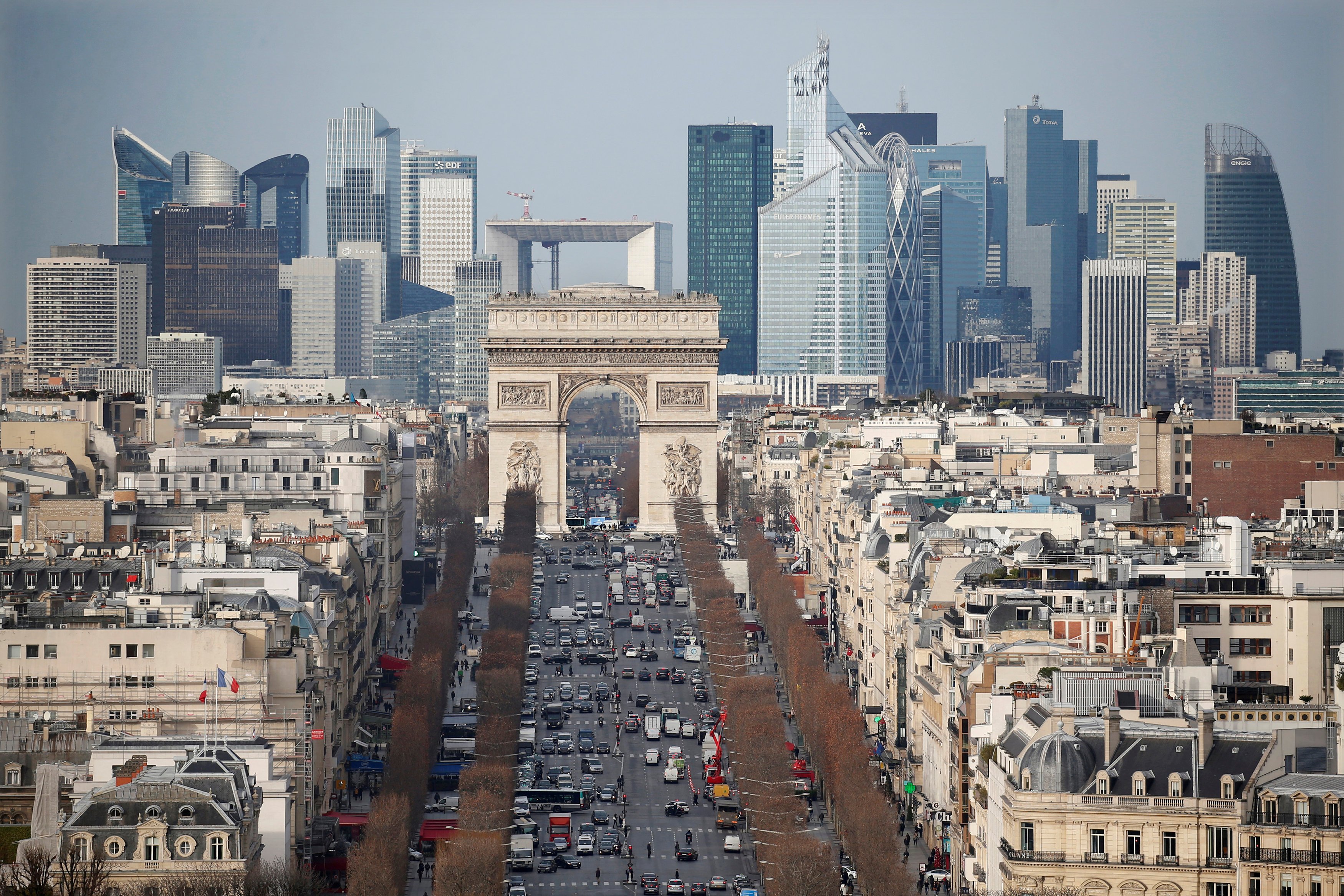
Professor Greg Dawes’ recent opinion piece "Modernist architecture a blot on the landscape" (ODT, 23.5.17) rehearses arguments so old I am surprised they were not written with quill on parchment and nailed to the ODT’s door.
It is the sort of view applied to any building that upsets the mythical conformity of classical architecture, viewed through the lens of Renaissance art history. Such idealism barely applied in the 15th century architecture and absolutely cannot today. Renaissance neo-classicism sought to replace Gothic that was seen to be savage in its expression and to those eyes at least, far from beautiful.
Cities are messy, inchoate, unfinished places that resist being brought into line, at least in the sort of democratic society we enjoy. Those European cities we admire for their consistency and uniformity often cover deep social ills of hereditary property ownership and entitlement, fine for the Duke of Westminster but not a suitable model for urban development anywhere in New Zealand that I am aware of.
Through the efforts of UK architects heavily promoted by the Prince of Wales, we read of revivalist fantasies of sweeping Parisian city blocks for London, as out of character there as they would be anywhere if removed from their natural location of central Paris. It seems to escape attention that London contains Tottenham Court Rd as well as Pall Mall. Rough, lived-in environments that house things that people actually need. Try getting your hard drive fixed or buying a kebab in the over-ordered classical hell that passes for contextual urban design in sections of London.
The claim that Modernist architecture rejected all influence of classicism is simply wrong. Most were trained under the classical system and could not forget it. Modernist architects ceased to drape classical details over their facades when there was no further point in them being there but proportioning and detail continued regardless. Sometimes the forms were strange and disturbing but an environment full of repetitive facades has a numbing effect. Rows of classical buildings can only serve to remind us of the oppressive effects of imported class attitudes on whatever local character is attempting to rise out of architectural experimentation.
The idea there are universal systems of proportion and ways of detailing a building to automatically produce beauty is another dangerous concept. There are all sorts of ways to generate feeling through architecture of which beauty is just one note that can be played. Subjectivity is everything in that debate and over-simplification of the range of sensations we enjoy in the city does not advance Prof Dawes’ argument very far. Like my aversion to piped classical music in shopping malls, I prefer Mozart on my own terms and when the conditions are right.
I agree with Prof Dawes to the extent that I find the new hotel design too careful and not well contextualised, both traps for a project that is probably not funded well enough to engage in real risk-taking.
A beautiful building is one that attends well to the needs of its users. Hotel guests benefit from an outlook, connectivity with their surroundings and natural light. Glass in buildings has a positive effect on physical and mental wellbeing and I find it difficult to be critical of the aesthetics of Modernism with that in mind. A building is not a picture but a complex reality that fulfils a wide set of challenges. Give me a 16-level terraced green wall to merge with the Town Belt, thanks. Glass will do if we cannot quite get there.
- Michael Findlay is a lecturer in the bachelor of architectural studies at Otago Polytechnic.












